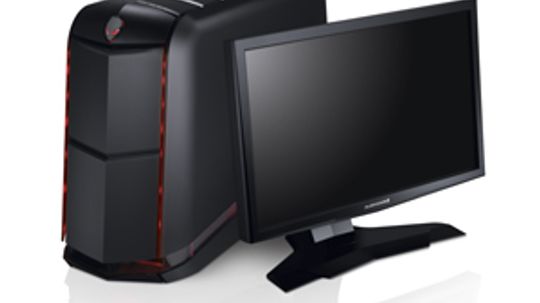Yo, listen up! We ’bout to dive into de mystical world of Mac OS X. Hold on tight as we unravel de secrets behind dis operating system dat got everyone talkin’.
The Inner Workings Unveiled
Mac OS X be like a well-oiled machine, blendin’ power and simplicity in one smooth package. It’s built on Unix, a rock-solid foundation dat keeps it runnin’ like clockwork. From its core, known as the kernel, to its fancy graphical user interface (GUI), every piece fits together like a jigsaw puzzle.
A User-Friendly Journey
Now let me tell ya ’bout de user experience on Mac OS X. It’s all about makin’ life easier for you, my friend. With features like Spotlight search and Mission Control, findin’ what you need and multitaskin’ becomes child’s play. And don’t even get me started on de sleek design – it’s so clean and polished dat your eyes won’t know what hit ’em!
The App Store Wonderland
If you thought Disneyland was magical, wait till I introduce ya to de App Store wonderland! Here you’ll find an endless array of apps catered just for your needs – from productivity tools to mind-blowing games that’ll keep ya entertained for hours on end. Plus, with regular updates rollin’ out faster than lightning strikes, your Mac will always stay fresh and up-to-date.
In Conclusion: The Power is Real!
In conclusion fam’, Mac OS X ain’t no joke – it’s a force to be reckoned with! Its seamless integration of hardware and software creates an unparalleled experience that leaves other operating systems in the dust. So, if you’re lookin’ for a ride that’s smooth, powerful, and stylish all at once, Mac OS X is your ticket to tech paradise.








